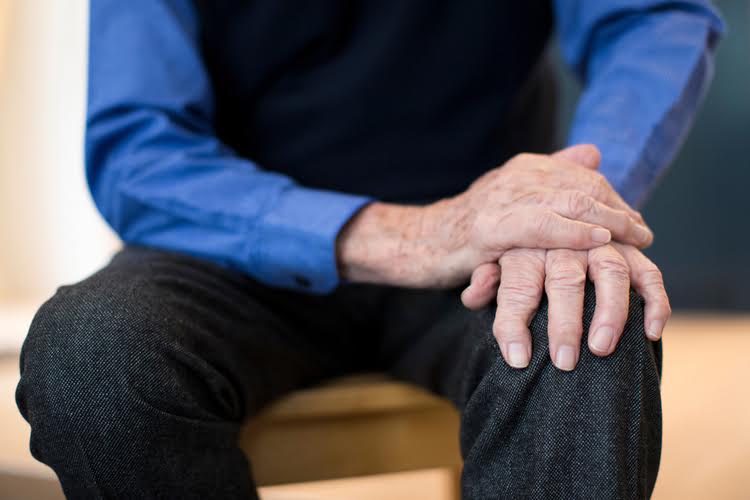Despite significant empirical support for nonabstinence alcohol interventions, there is a clear gap in research examining nonabstinence psychosocial treatment for drug use disorders. Future research must test the effectiveness of nonabstinence treatments for drug use and address barriers to implementation. The cognitive-behavioral model of the relapse process posits a central role for high-risk situations and for the drinker’s response to those situations. People with effective coping responses have confidence that they can cope with the situation (i.e., increased self-efficacy), thereby reducing the probability of a relapse.

Overall, the Abstinence Violation Effect is a complex phenomenon influenced by a combination of cognitive, emotional, and biological factors. This can create a cycle of self-recrimination and further substance use, making it challenging to maintain long-term abstinence. One of the key features of the AVE is its potential to trigger a downward spiral of further relapse and continued substance use. It is hoped that more severely mentally ill people will obtain life-saving treatment and pathways to better housing. If you are at a gathering where provocation arises because alcohol or other substances are available, leave.
A Lapse Vs. A Relapse
Additionally, no studies identified in this review compared reasons for not completing treatment between abstinence-focused and nonabstinence treatment. The RP model of relapse is centered around a detailed taxonomy of emotions, events, and situations that can precipitate both lapses and relapses to drinking. This taxonomy includes both immediate relapse determinants and covert antecedents, which indirectly increase a person’s vulnerability to relapse. Based on the classification of relapse determinants and high-risk situations proposed in the RP model, numerous treatment components have been developed that are aimed at helping the recovering alcoholic cope with high-risk situations.
- The studies reviewed focus primarily on alcohol and tobacco cessation, however, it should be noted that RP principles have been applied to an increasing range of addictive behaviors [10,11].
- The memories of our slips may always sting a bit, but at least we can sleep easy at night knowing that we used them to do some good.
- The Abstinence Violation Effect is a psychological phenomenon that occurs when a person experiences relapse after attempting to abstain from drug or alcohol use.
- Based on the classification of relapse determinants and high-risk situations proposed in the RP model, numerous treatment components have been developed that are aimed at helping the recovering alcoholic cope with high-risk situations.
- It can impact someone who is trying to be abstinent from alcohol and drug use in addition to someone trying to make positive changes to their diet, exercise, and other aspects of their lives.
- Additionally, momentary coping responses can serve as phasic events that may determine whether a high-risk situation culminates in a lapse.
Initial evidence suggests that implicit measures of expectancies are correlated with relapse outcomes, as demonstrated in one study of heroin users [61]. In another recent study, researchers trained participants in attentional bias modification (ABM) during inpatient treatment for alcohol dependence and measured relapse over the course of three months post-treatment [62]. Relative to a control condition, ABM resulted in significantly improved ability to disengage from alcohol-related stimuli during attentional bias tasks. While incidence of relapse did not differ between groups, the ABM group showed a significantly longer time to first heavy drinking day compared to the control group. Additionally, the intervention had no effect on subjective measures of craving, suggesting the possibility that intervention effects may have been specific to implicit cognitive processes [62].
Relapse prevention
What’s more, attending or resuming group meetings immediately after a lapse or relapse and discussing the circumstances can yield good advice on how to continue recovery without succumbing to the counterproductive feelings of shame and self-pity. The longer someone neglects self-care, the more that inner tension builds to the point of discomfort and abstinence violation effect discontent. This stage is characterized by a tug of war between past habits and the desire to change. Thinking about and romanticizing past drug use, hanging out with old friends, lying, and thoughts about relapse are danger signs. Individuals may be bargaining with themselves about when to use, imagining that they can do so in a controlled way.
- Given supportive data for the efficacy of mindfulness-based interventions in other behavioral domains, especially in prevention of relapse of major depression [114], there is increasing interest in MBRP for addictive behaviors.
- The past 20 years has seen growing acceptance of harm reduction, evidenced in U.S. public health policy as well as SUD treatment research.
- This is especially true if we are involved in a twelve-step program, as we now realize we must reset our chips.
- 1Classical or Pavlovian conditioning occurs when an originally neutral stimulus (e.g., the sight of a beer bottle) is repeatedly paired with a stimulus (e.g., alcohol consumption) that induces a certain physiological response.
- As of yet, current literature still lacks an in-depth understanding of key stakeholders’ personal perspectives on relapse after weight loss.
- However, the review also showed that there is still insufficient evidence for most predictors of relapse.